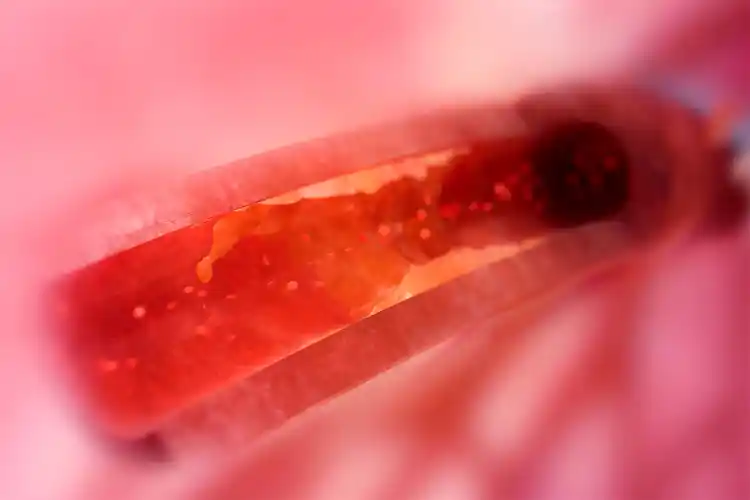Inside a Coronary Bypass Surgery

Hide Video Transcript
Video Transcript
[MUSIC PLAYING]
While coronary bypass surgery does not cure the underlying cause of CAD, it can alleviate symptoms, like chest pain, fatigue, difficulty breathing, and palpitations. It is done using general anesthesia, so you will be asleep during the entire procedure. Your surgeon will make an incision in your chest to access your heart and will use a machine to take over blood flow while your heart is temporarily stopped.
In some cases, minimally invasive procedures are possible, where smaller incisions are used or the heart does not need to be stopped. They will remove a healthy blood vessel from a different part of your body-- commonly from the lower leg, arm, or chest-- and relocate it to your heart. The healthy blood vessel will be attached to the heart above and below a blockage to allow blood to bypass the obstruction and flow more freely.
Once your surgeon confirms that blood is circulating properly, they will drain any fluids and sew the incision closed. Follow up with your doctor if you experience post-surgical complications, such as fever, any redness, pain, or discharge from the incision site.
SPEAKER
Coronary artery disease, CAD, is a condition where the arteries that supply blood to the heart muscle become clogged and narrow, making it difficult for blood and oxygen to reach the muscles of the heart. Coronary bypass surgery is one treatment option to help restore blood flow, when other surgical procedures may not be recommended. While coronary bypass surgery does not cure the underlying cause of CAD, it can alleviate symptoms, like chest pain, fatigue, difficulty breathing, and palpitations. It is done using general anesthesia, so you will be asleep during the entire procedure. Your surgeon will make an incision in your chest to access your heart and will use a machine to take over blood flow while your heart is temporarily stopped.
In some cases, minimally invasive procedures are possible, where smaller incisions are used or the heart does not need to be stopped. They will remove a healthy blood vessel from a different part of your body-- commonly from the lower leg, arm, or chest-- and relocate it to your heart. The healthy blood vessel will be attached to the heart above and below a blockage to allow blood to bypass the obstruction and flow more freely.
Once your surgeon confirms that blood is circulating properly, they will drain any fluids and sew the incision closed. Follow up with your doctor if you experience post-surgical complications, such as fever, any redness, pain, or discharge from the incision site.
